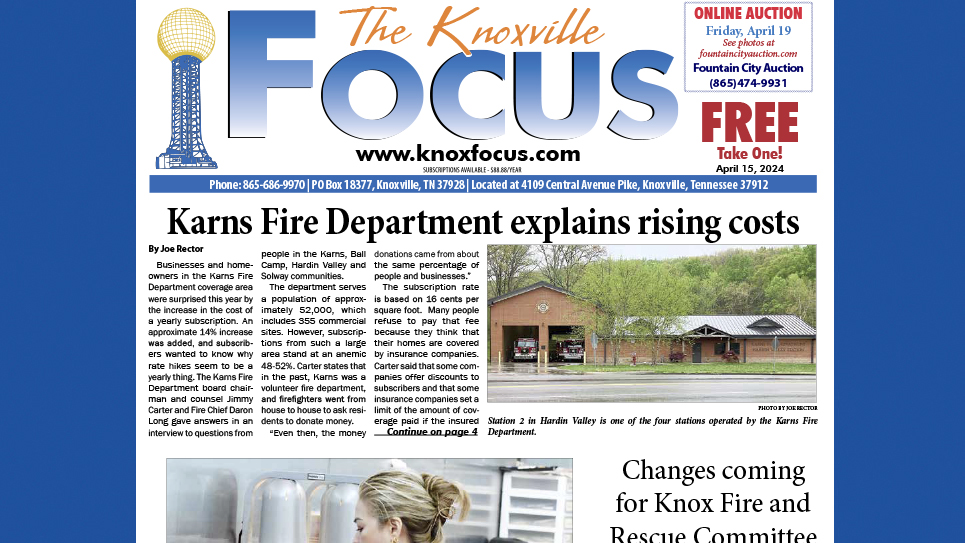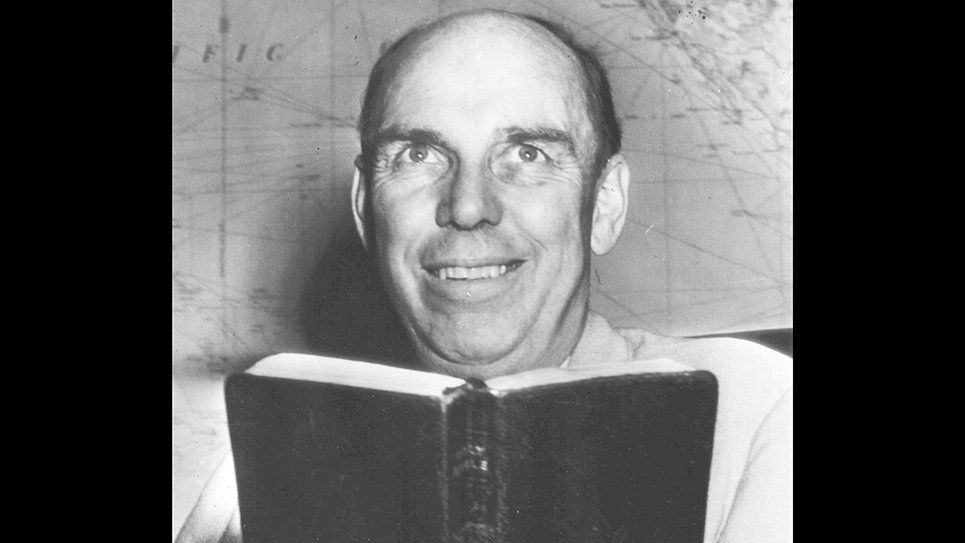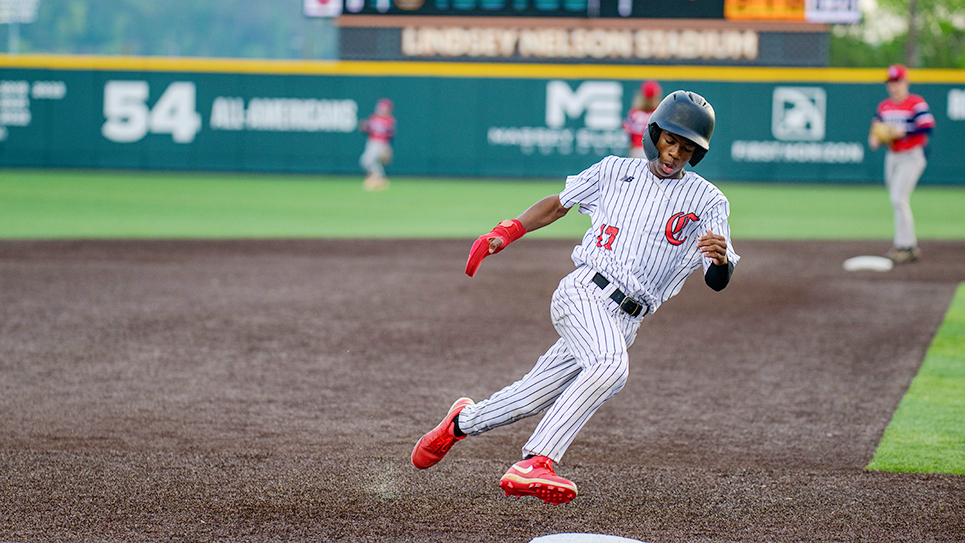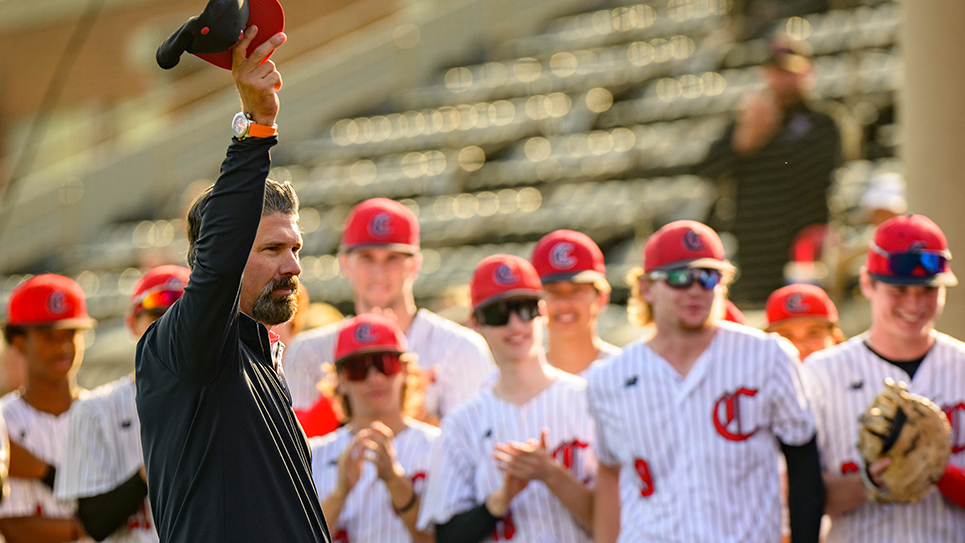By Sharon Frankenberg,
Attorney at Law
Federal law, namely the National Labor Relations Act, passed by Congress in 1935 declares it is the “policy of the United States to eliminate the causes of certain substantial obstructions to the free flow of commerce and to mitigate and eliminate these obstructions when they have occurred by encouraging the practice and procedure of collective bargaining and protecting the exercise by workers of full freedom of association, self-organization, and designation of representatives of their own choosing, for the purpose of negotiating the terms and conditions of their employment or other mutual aid or protection.”
In the Northwestern University and College Athletes Players Association (“CAPA”) case, CAPA filed a petition before the National Labor Relations Board (“NLRB”) requesting a hearing on a question affecting commerce under the Act. The regional director found Northwestern to be an “employer” engaged in commerce giving the NLRB jurisdiction to decide the question. Further, the director found CAPA to be a labor organization within the meaning of the Act because all football players at Northwestern University receiving grant-in-aid scholarships and who have not exhausted their playing eligibility are “employees” as defined by the Act and are therefore entitled to choose whether or not to be represented in collective bargaining. Non-scholarship football players are not included as employees under this decision. An election by secret ballot was ordered to determine if the football players want to be represented by CAPA for collective bargaining purposes. The players could choose to be represented by another labor union. The decision will likely be appealed by Northwestern to the full NLRB in Washington, D.C. NLRB members are appointed by the President and approved by Congress. The appeal can be appealed to federal district court and ultimately, the US Supreme Court could even hear the case.
The 24 page decision has some very interesting facts about how collegiate athletics work at a big university. Northwestern University is a private, non-profit, non-sectarian, coeducational teaching university chartered by the State of Illinois. It is a member of the NCAA and the Big Ten Conference and competes against 11 conference schools in the Big Ten as well as non-conference opponents in various sports. There are currently 19 varsity sports in which Northwestern’s students can participate at the Division I level, 8 sports for men and 11 for women. In total, about 500 students compete in these sports each year for Northwestern.
The football team at Northwestern is comprised of about 112 players of which 85 players receive football grant-in-aid scholarships that pay for tuition, fees, room, board and books. Players on scholarship typically receive grant-in-aid totaling $61,000 each academic year. For the 2012-2013 academic year the football program at Northwestern generated $30.1 million in revenue and $21.7 million in expenses not including the one quarter to one half million dollars spent to maintain the stadium. In addition profit from the football team’s annual revenue is used to subsidize the non-revenue generating sports (everything except football and men’s basketball) to assure compliance with Title IX.
The critical findings in the Northwestern case are that the players perform services for the benefit of the university for which they receive compensation and the players are subject to strict control over the performance of their duties. The hearing officer found that despite what Northwestern contended, players are not primarily students but actually spend 50 to 60 hours per week training and practicing. They often miss class during training camp and scholarship players testified that they did not enroll in classes that conflicted with their football commitments. The athletic department controls how and where they live. This is how the NLRB found an employer-employee relationship which led to possible unionization of scholarship athletes. The ultimate impact may extend far past the halls of Northwestern.






